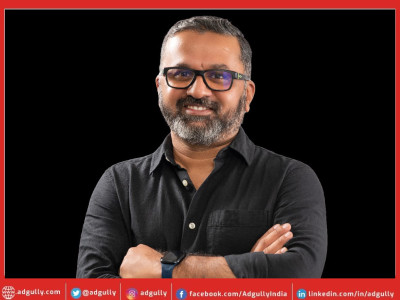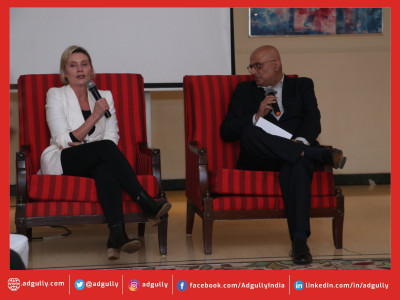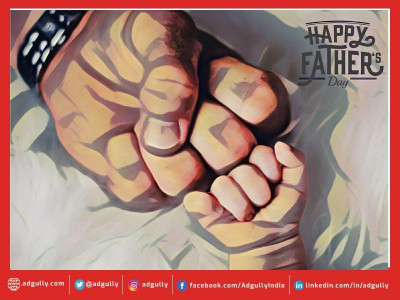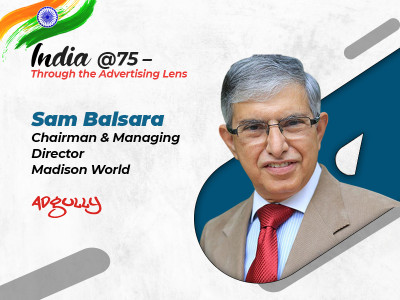FICCI Frames '14: Multi-screen is a reality: Sam Balsara
At the day two of FICCI Frames 2014, a topic that caught our attention was ‘Monetization Opportunities in the Multiscreen World’. With the growth of technology, the line between content and its availability on devices is blurring at a rapid. A 120 minutes feature film has travelled from a television screen to a tablets and I-pads to mobile phone. Similarly, content on television is now being viewed more on the tablets and mobile phones, thanks to the boom in internet and broadband services in the country.
Whether it is apps, tablets, digital advertising or innovations such as TV on your smart phone, the advent of technology has revolutionized the M&E ecosystem. How does one marry technology with creativity and content? How does one cash-in on the monetization opportunities opened up by convergence? Where is it all headed and how? The session held at the media event tried to get minds from the business to talk on these points.
The panelist for this session included Chakrapani Gollapali, General Manager, Consumer Channels Group, Microsoft India, Neeraj Roy, MD & CEO, Hungama Digital Media, Rishi Jaitly, India Market Director, Twitter, Nikhil Naik, Head – Director, Global Content and Distribution, Vuclip and Karan Bedi, Founder & CEO, Tutorific! The session was moderated by Ramki Sankaranarayanan, CEO, Prime Focus.
The session opened with a presentation made by Satyan Gajwani, CEO, Times Internet where he spoke about the difference between television and digital mediums. He mentioned about how it’s the platform that changes between television and digital and how it’s this change that is an essential aspect to be noted by the players in the domain. “Digital as a platform is different and calls for innovation which I believe disrupts the viewing pattern in terms of devices. Since it’s a cheaper platform to launch something, it brings along competition which in-turn breeds innovation. So it’s a cycle which we see only helping growth of the medium”, he said. Adding further he said that in order to reach equilibrium state, we need to have supportive content partners, innovation and accommodating nature of telecos to create a conducive eco-system.
In his opening remarks, Sam Balsara, Chairman & MD, Madison World said that ‘multi-screen’ is a fact that has emerged over the years and is now realized as a reality; of which television and mobile are places where the actual spending will happen. However, he mentioned that a concern still remains on content owners and pros and cons of the revenues they receive. “A content owner has two revenue schemes; one from the reader / viewer (in terms of subscription) and the other from the potential advertiser; which could be the most robust business model (50:50). However, with the content owner’s desire to enhance reach, thus lowering subscription rates, the content owner’s themselves fall at the losing end. Also, the advertiser’s seeking more exposure and affinity from the vehicles they are present on; advertising does not essentially get the needed attention”, he said. Making a critical observation, he also said that it’s a fallacy on the content owner’s part to sell each platform individually as in the long term it will only drive away the brand’s value and credibility.
Bringing a different perspective to the issue, Bedi spoke about how things work differently in the education content sector than entertainment content. He mentioned about how advertising is looked down upon in the tutoring process and how content, unlike entertainment, is not really the king as far as portals like Tutorific are concerned. He also added that it’s the experience and the process by which the content is disseminated which bears more importance than the content itself.
Naik brought in the technology benefits of the being a multi-screen nation. “India gradually began to move from one screen to the other a couple of years back, which has in a lot of ways benefited all businesses. It has to be understood that now content has different destinations to go to thus attracting largely two kinds of audiences / readers; one the new, first-time audience and the second being the second or third time viewers / readers, who take to different devices for repeated viewing / reading. This calls for money being invested by a consumer on various devices, thus helping platform owners to gain in some bucks”.
In his concluding comments in the session, speaking on whether the story-telling changes from screen to screen, Roy was of the opinion that, “Whatever the device or screen is, if content is considered as digital goods, millions of such goods are being transacted across the platforms / devices/ screen in the country. Thus a lot needs to re-invest to make such goods more available to the ever-demanding and growing consumer base”.
While we believe that multi-screen is a reality, its optimum monetization is the way forward to grow each medium / platform individually thus in-turn bringing in investments for quality content. Keep watching this space for more news from the gala M & E event.
















Share
Facebook
YouTube
Tweet
Twitter
LinkedIn